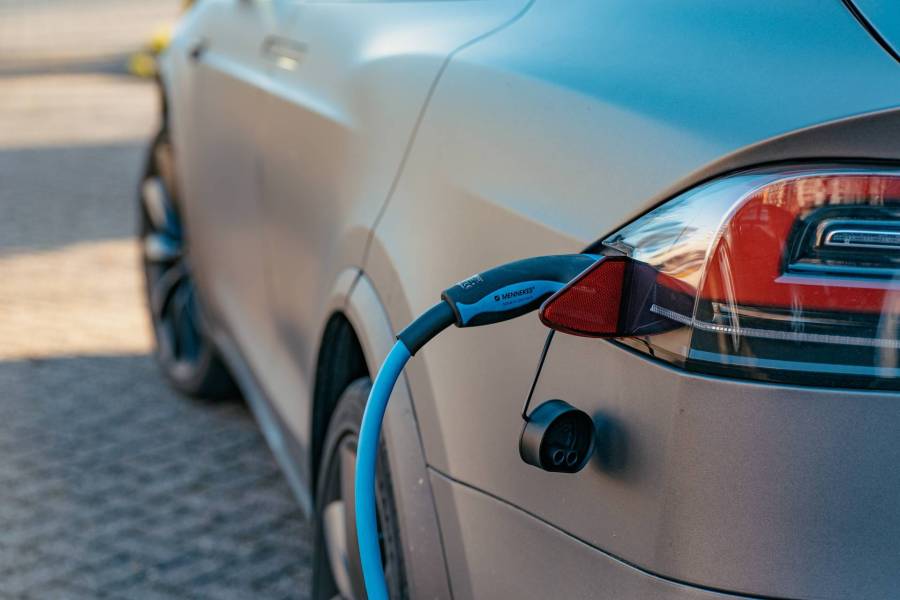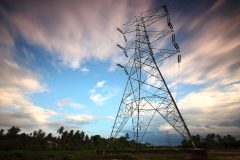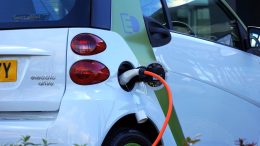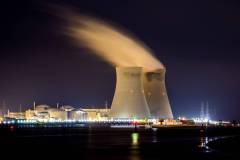Just like General Motors and Ford, electric vehicle (EV) manufacturer Rivian has announced that it would be joining Tesla’s charging network. This significant change highlights the expanding role of Tesla’s technology in establishing benchmarks in a variety of sectors.
According to Rivian, the industry is gradually adopting Tesla’s charging connector as the norm. The North American Charging Standard, Tesla’s connector, is gaining more and more attention as a result of this move, which is likely to have far-reaching repercussions across the car industry.
With the exception of Tesla, nearly all automakers use a CCS connector designed in conjunction with SAE International. In the United States, Tesla’s Superchargers offer the most direct current fast-charging ports compared to any other network, thus naturally, other manufacturers are anxious to acquire them. The fact that they are situated along busy thoroughfares only adds to their appeal.
An adaptor is needed to connect a Tesla charger to a preexisting Rivian vehicle. Rivian, however, has vowed that beginning in 2025, a Tesla charging plug will be standard on all of their vehicles.
Rivian is a minor player in the auto industry, having sold fewer than 30,000 automobiles in the United States between 2021 and the first quarter of this year. However, the Irvine, California-based company is largely regarded as a formidable competitor to Tesla.
Drivers of Rivian vehicles can now use Tesla’s network of over 12,000 Superchargers, joining those of GM and Ford vehicles. The Department of Energy reports that there are 1,797 Tesla Supercharger stations and over 19,000 charging ports in the United States.
ChargePoint is the largest charging network in the United States, with over 32,000 stations and 55,000 outlets. The great majority of battery chargers on the market are Level 2 chargers, and they can take up to eight hours to fully charge a battery.
More than 136,000 public charging ports are available at around 54,000 public charging stations across the United States, according to the Energy Department. Level 2 charging facilities are far more common, however DC fast chargers like Tesla’s are becoming increasingly common.
According to industry experts, there is a rising trend in the United States toward standardizing on Tesla’s connector. For a while, it’ll be important for cars to be able to use either connector.
Owners will pay Tesla for charging, as they would with any other charging system, even if GM and Ford are not paying Tesla for access to the network.
In addition to joining Tesla’s network, Rivian has stated that it would be expanding its own charging infrastructure, which will now use Tesla’s connector.
Following this information, Tesla stock finished Tuesday trading at a premium of 5.3%. Sales of Ford vehicles have climbed by over 40% since the company’s May 25 announcement that it will join the charging network.
Several additional automakers are thinking of following suit. Stellantis CEO Carlos Tavares said that the firm’s U.S. teams are now mulling over the possibility and will make a decision in the following weeks.
He mentioned that one of the drawbacks of this option is its reliance on Tesla. However, Stellantis (formerly Fiat Chrysler) does offer three plug-in gas-electric hybrids that can travel a short distance on electricity alone. This year, the company plans to release an electric commercial van in addition to the electric Ram truck and other cars.
As a major player in the electric vehicle sector, Rivian’s decision to join Tesla’s charging network is a major step toward standardized charging interfaces. As more and more automakers consider adopting Tesla’s technology, it’s moving closer to becoming the norm. Trends like this show how much of an impact Tesla is having on the development of EV charging infrastructure.
First reported on Federal News Network


















